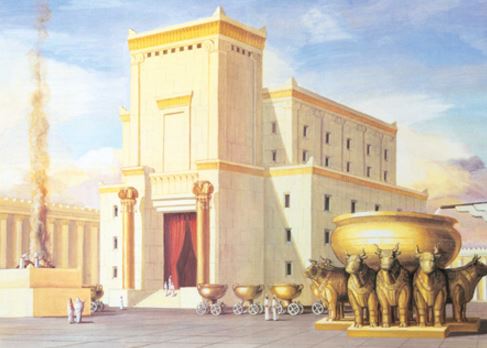Are there cases of time travel in the Torah and ancient Jewish texts? Is it possible that Adam, Enoch, and Moses were able to traverse the universe using faster-than-light technology? And how do we deal with apparent chronological contradictions in the Torah? Find out in this fascinating class, where we also uncover the true meaning of God’s Ineffable Name, propose a theory for how Adam was able to live 930 years, and calculate the speed of God’s divine “chariots”.
For a written summary and lots more information (including the time travel of Eliyahu briefly mentioned in the class), please see here.
For more on Block Universe Theory and Judaism, see ‘Time, Gravity, and Free Will’.
See also ‘How Did Adam Live 930 Years?’

